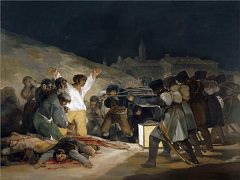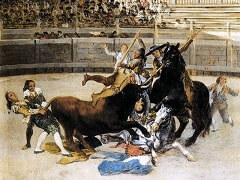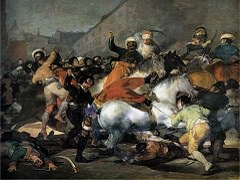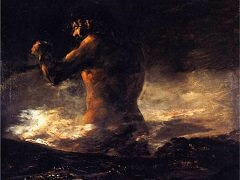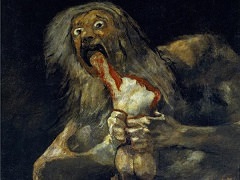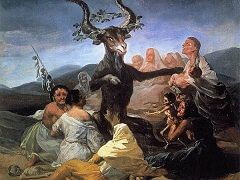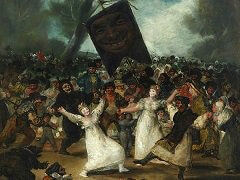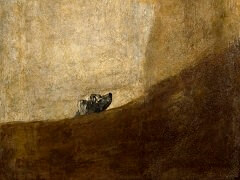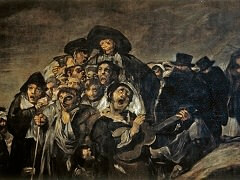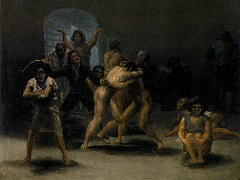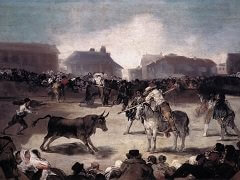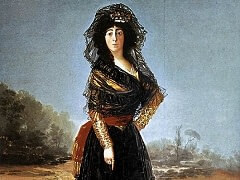The Disaster of War, 1810-1820 by Francisco Goya
The Disasters of War are a series of 82 prints created between 1810 and 1820 by Francisco Goya. Although Goya did not make known his intention when creating the plates, art historians view them as a visual protest against the violence of the 1808 Dos de Mayo Uprising, the subsequent Peninsular War of 1808 - 14 and the setbacks to the liberal cause following the restoration of the Bourbon monarchy in 1814. During the conflicts between Napoleon's French Empire and Spain, Goya retained his position as first court painter to the Spanish crown and continued to produce portraits of the Spanish and French rulers. Although deeply affected by the war, he kept private his thoughts on the art he produced in response to the conflict and its aftermath. He was in poor health and almost deaf when, at 62, he began work on the prints. They were not published until 1863, 35 years after his death. It is likely that only then was it considered politically safe to distribute a sequence of artworks criticising both the French and restored Bourbons. In total over a thousand sets have been printed, though later ones are of lower quality, and most print room collections have at least some of the set.
The series was produced using a variety of intaglio printmaking techniques, mainly etching for the line work and aquatint for the tonal areas, but also engraving and drypoint. As with many other Goya prints, they are sometimes referred to as aquatints, but more often as etchings. The series is usually considered in three groups which broadly mirror the order of their creation. The first 47 focus on incidents from the war and show the consequences of the conflict on individual soldiers and civilians. The middle series (plates 48 to 64) record the effects of the famine that hit Madrid in 1811 - 12, before the city was liberated from the French. The final 17 reflect the bitter disappointment of liberals when the restored Bourbon monarchy, encouraged by the Catholic hierarchy, rejected the Spanish Constitution of 1812 and opposed both state and religious reform. Goya's scenes of atrocities, starvation, degradation and humiliation have been described as the "prodigious flowering of rage". The serial exemplify the dark tonalities and fluid brushstrokes representative of Goya's later period, as well as the stylistic influences of Rembrandt etchings.

